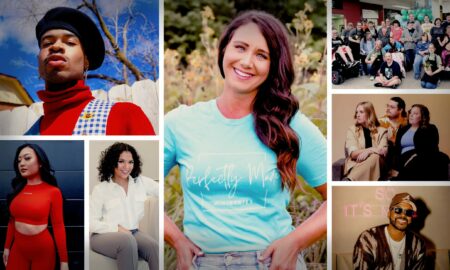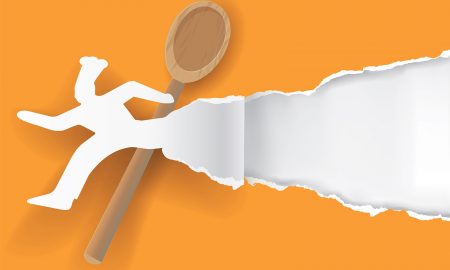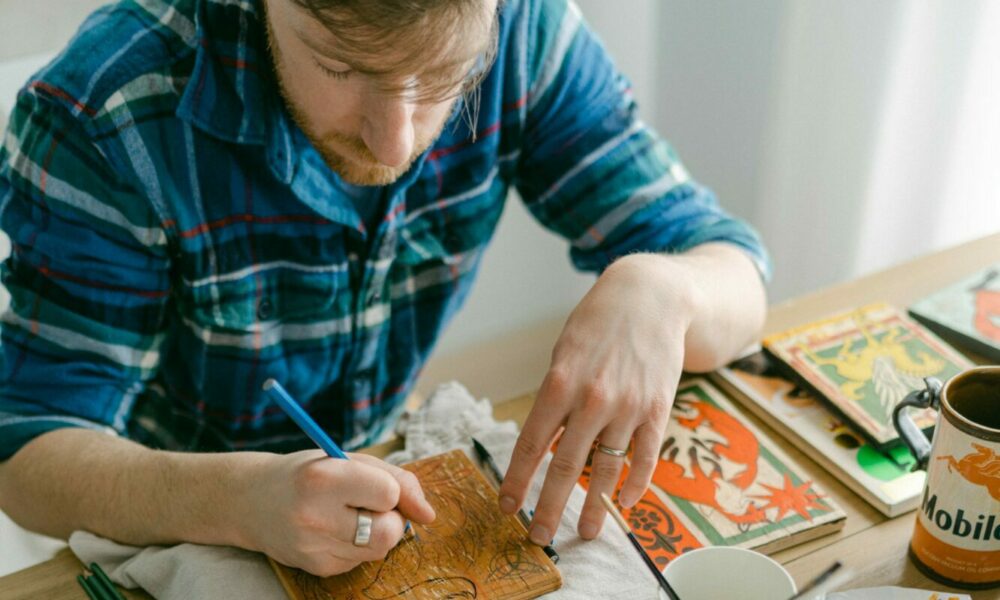

Today we’d like to introduce you to Noah Sanders.
Hi Noah, so excited to have you with us today. What can you tell us about your story?
I felt drawn to cartoons and drawing at an early age and maintained a desire to be an artist for as long as I can remember. When I went to college I studied studio art-that is, all forms of 2-dimensional art such as drawing and painting.
After college, it took me a while to figure out the balance between creating art and having a sufficient income. Thankfully I eventually got a job at a shop called Makeshift in downtown Northfield which creates jewelry and other artwork out of salvaged metal. At Makeshift, I was able to stay creatively engaged by learning new skills and being exposed to all sorts of material. It is from this place I developed my current style of artwork, which incorporates my sketchbook drawings with salvaged wood materials.
I still work part-time at Makeshift today and love the partnership I have with the owner, Devin Johnson. I am still doing a great deal of work for him, primarily creating wall mosaics using vintage license plates. Now, as I am starting to exhibit my own work more, I am constantly reminded of the impact Makeshift has on my work today.
Alright, so let’s dig a little deeper into the story – has it been an easy path overall and if not, what were the challenges you’ve had to overcome?
I must say I have had it very easy compared to some other artists I know, but I have not been lacking in challenges.
My two greatest advantages have been my marriage and my part-time job at Makeshift. I got married right out of college to my sweetheart and fellow artist and have journeyed every step of my artistic pursuits with her. Between the two of us, we have been able to partner and solve challenges ranging from having enough finances and managing our family (we have 3 kids now!). I certainly could not do what I am doing without her support, and vis versa. As a wedding photographer pursuing her own art and craft, there are ways that my flexible art job has been an advantage to her as well.
And also my job at Makeshift. As I referred to in my previous response, I am very fortunate to have a job that is in the arts. Sure, it’s not exactly what I dream of doing, but I have so many blessings in being able to do creative work every day in various forms (and make money doing it). During the pandemic, the Makeshift shop shut down for about a year, and I had to work a regular warehouse job which was very humbling and put many things in perspective. So in that regard, I have it pretty good!
Some other basic challenges that I have had I am sure many artists can relate to:
It took me a while to figure out a ‘brand’ or style that I could build a body of work with. I felt like I was creatively wandering through the weeds for a few years because I was uncertain about what direction to take practically. For example, asking questions like “should I go back to school and get an MFA or illustration degree?” “Should I buy a printing press?” “should I do art shows?” Should I only focus on making a graphic novel in my spare time”? That kind of thing.
Once I did fall into the style I have now and started to show my work, I had trouble keeping up! My inventory of work always feels low and I wish I could produce more than I can currently. That’s a pressing practical challenge that is hurting me right now because I can’t seem to take the business side of my art to the next stage without a better inventory of work.
Currently, I am also having trouble keeping up with my ideas. I have a lot of ideas I want to try with my style and I can’t seem to paint or build fast enough to flesh all of the new ideas out. It induces anxiety or frustration sometimes as I feel like some good ideas can slip away, but in reality, again it is one of the nicer ‘problems’ to have.
Thanks – so what else should our readers know about your work and what you’re currently focused on?
What do I do: I always begin in the sketchbook. I develop imagery that I enjoy in pencil or pen and then take successful ideas and develop them on a larger scale. I turn them into traditional-style rectangular paintings or into cut-out images using salvaged wood and other mixed-media material. Other materials consist of yardsticks, salvaged cloth or burlap, salvaged sheet metal and license plates, and various collaged papers.
In terms of imagery, my current body of work consists of all sorts of woodland/farm animals and symbols. Specifically, the fox, the horse, and the rabbit are my main muses. I try to express the ‘essential’ fox, etc., with different poses and expressions and combine the image with various materials and colors. Whimsical is something I hear a lot from people who view my work, and I enjoy that descriptor.
Ultimately I want to draw people into a whole world of woodland adventures and stories. As my drawings are very cartoony- and illustrative, I am always thinking of the stories behind my animals and would love to have a graphic novel or comic to be a companion with my work.
I am very proud of my animal drawings and I find them very unique. I desire to push the images beyond simple ‘cute’ expressions and try to bring out deep expressions and personalities in them. Each one should evoke personhood or a story. I think I do this very well.
My sense of design, pattern, and color in combination with the salvaged materials, creates a very rustic style which I am also proud of and find the distinction in. The rustic/vintage style evokes influence from things such as vintage catalog ads from the early 20th century, to medieval/Celtic stained glass and illuminated manuscripts, to victorian-era patterns, to orthodox Christian Russian Ikon paintings.
What matters most to you?
Artistically speaking, beauty and truth.
I seek to have both of these things underpin my work, whether it is simply expressing the elegance of a fox or a horse or whether I am telling a certain story. If you don’t have beauty, then people struggle to connect and give interest. If you don’t reflect something that is true or grounded in reality, then the piece loses its meaning and ability to resonate with someone.
Pricing:
- art cards (printed copies of original work) $5 each
- small original works $75-$150
- mid-sized work $150-500
- Large works or works with high quality/unique salvaged material $500-$2500
Contact Info:
- Website: artofnoahsanders.com
- Instagram: @artofnoahsanders
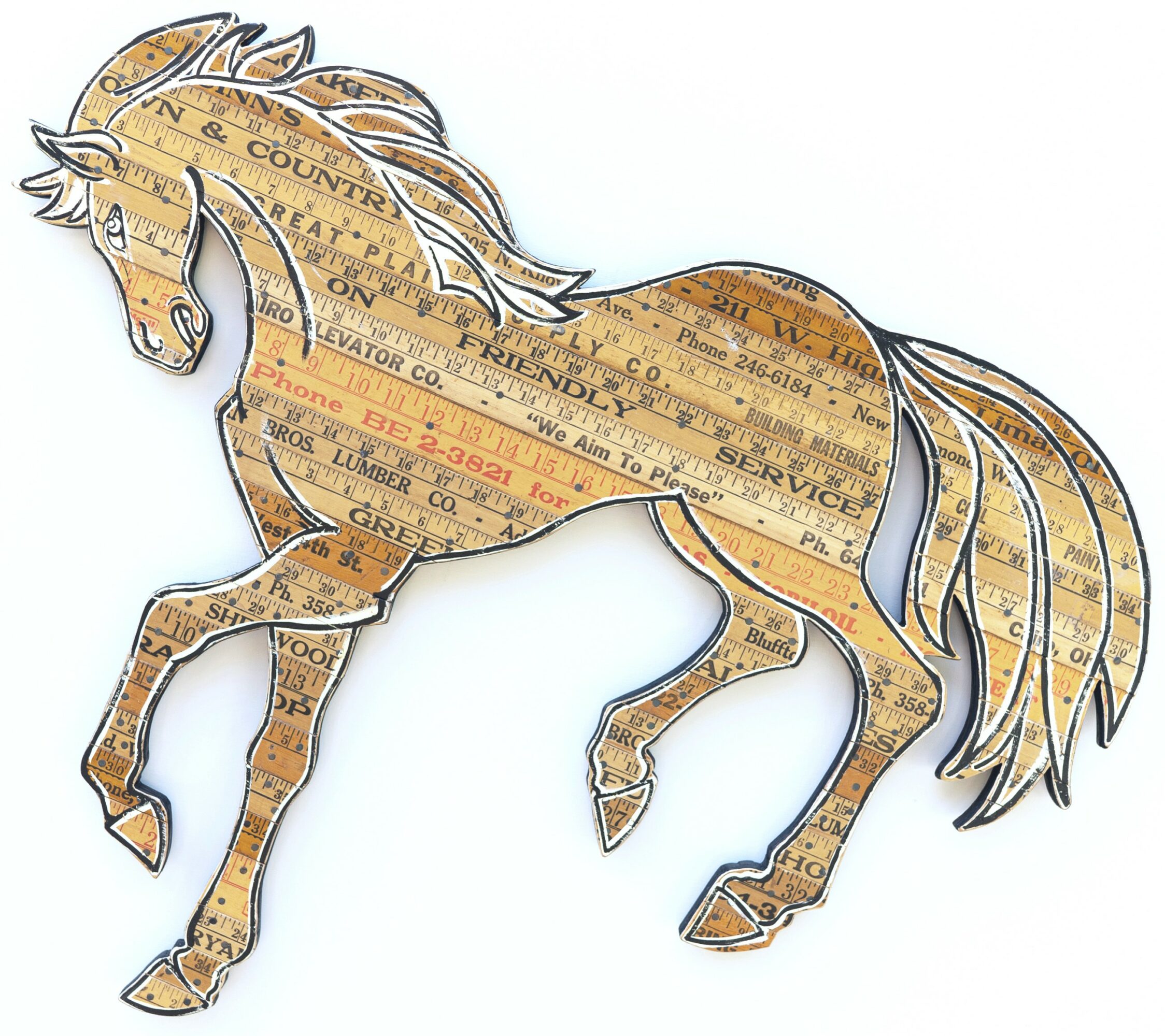
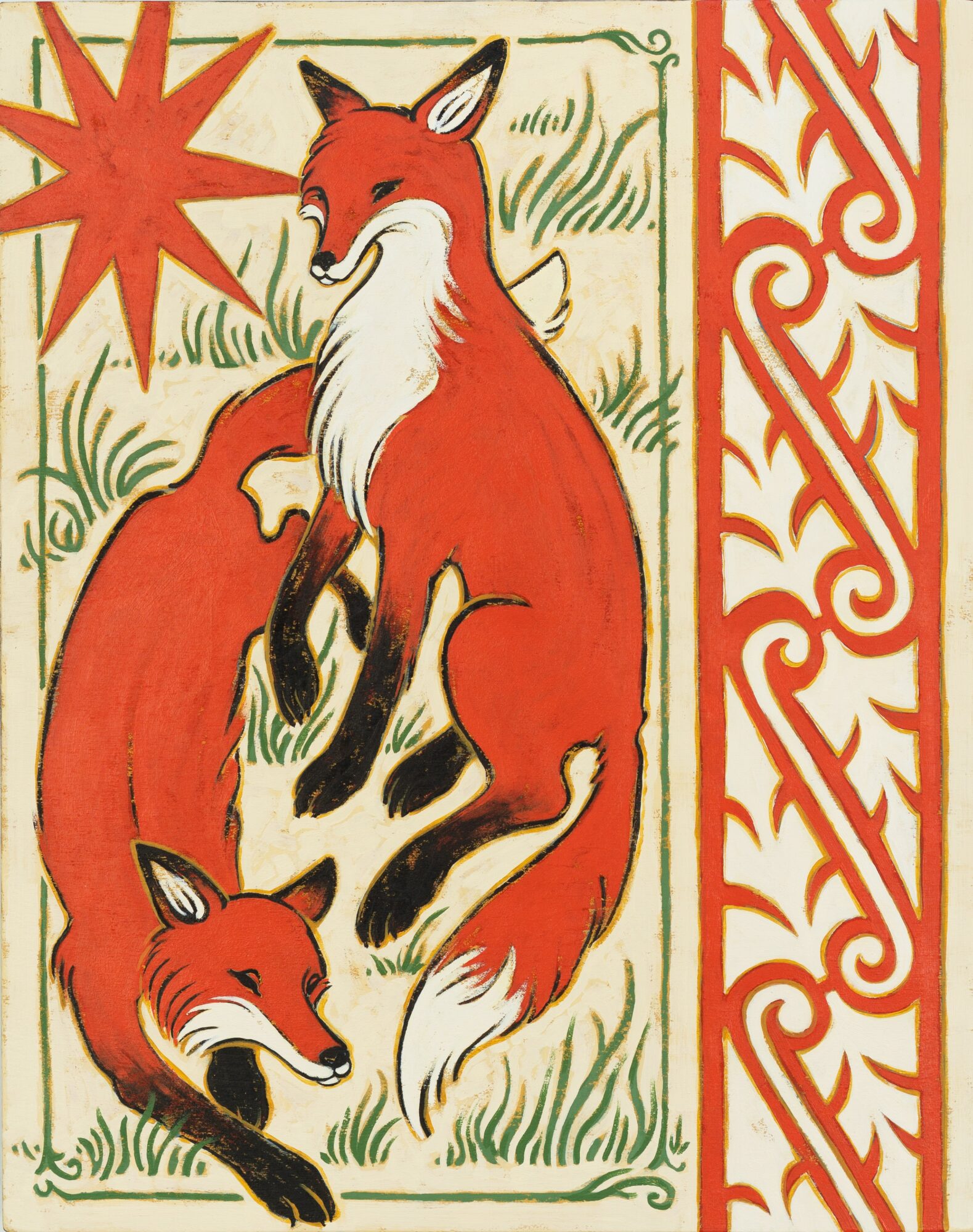
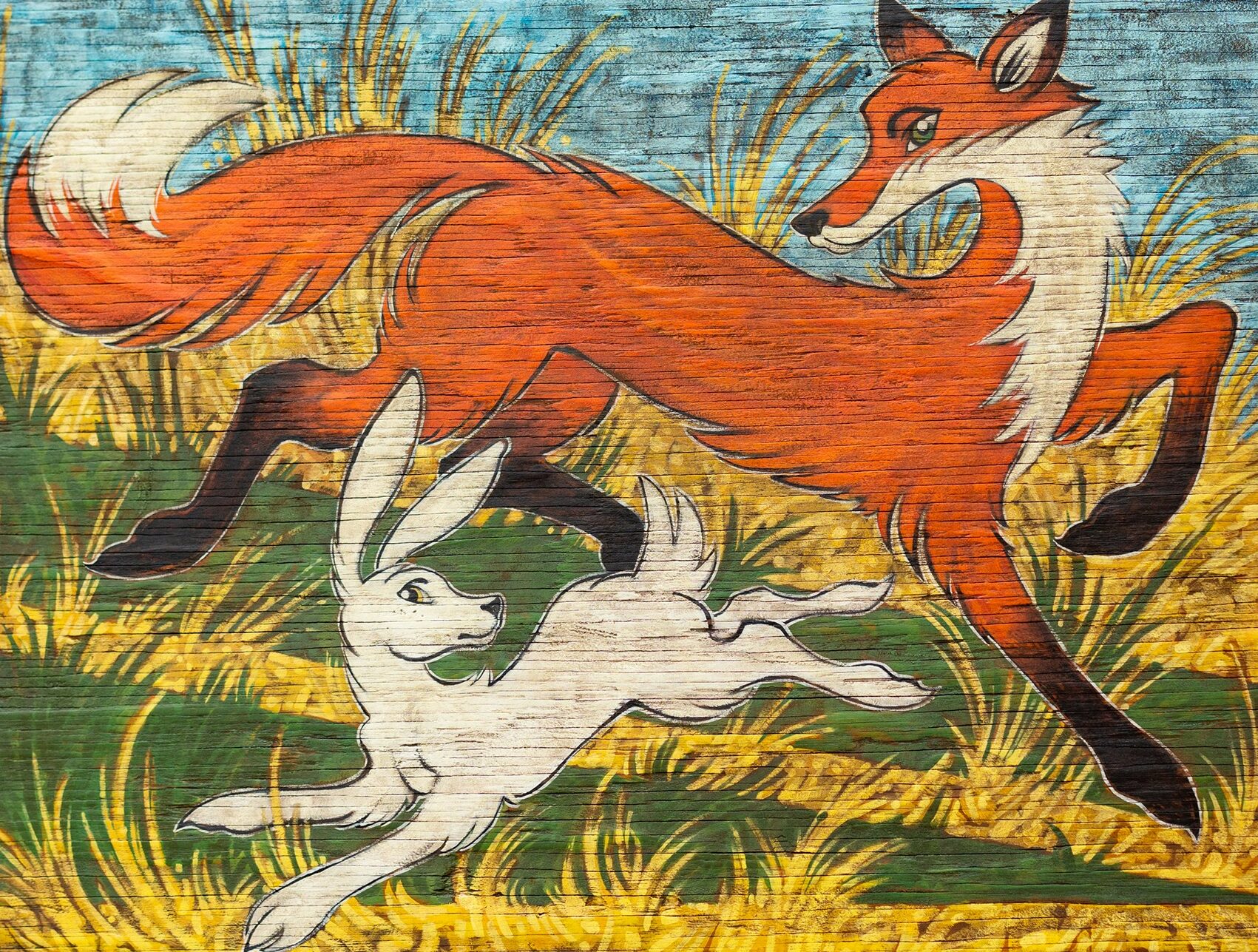
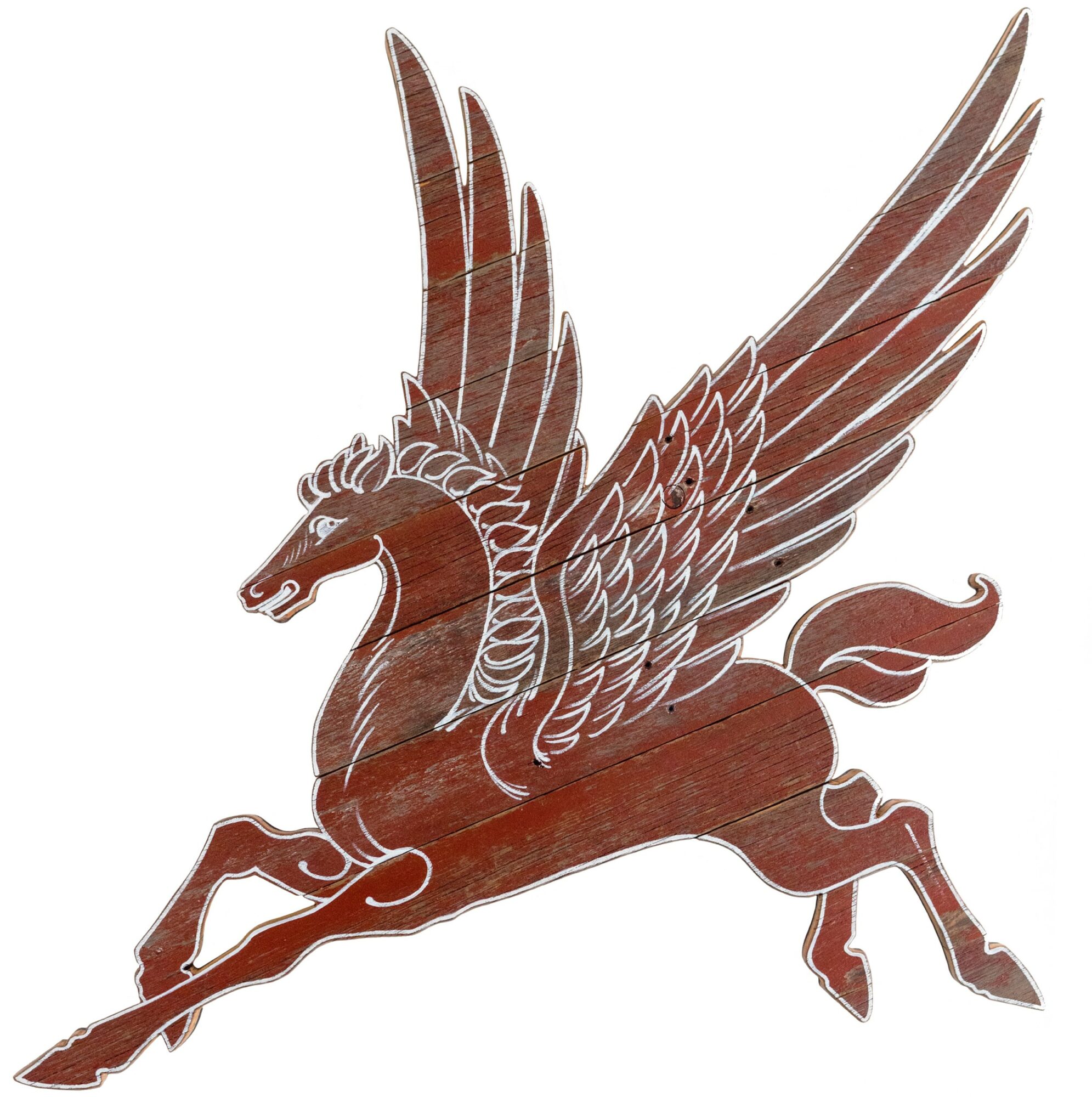
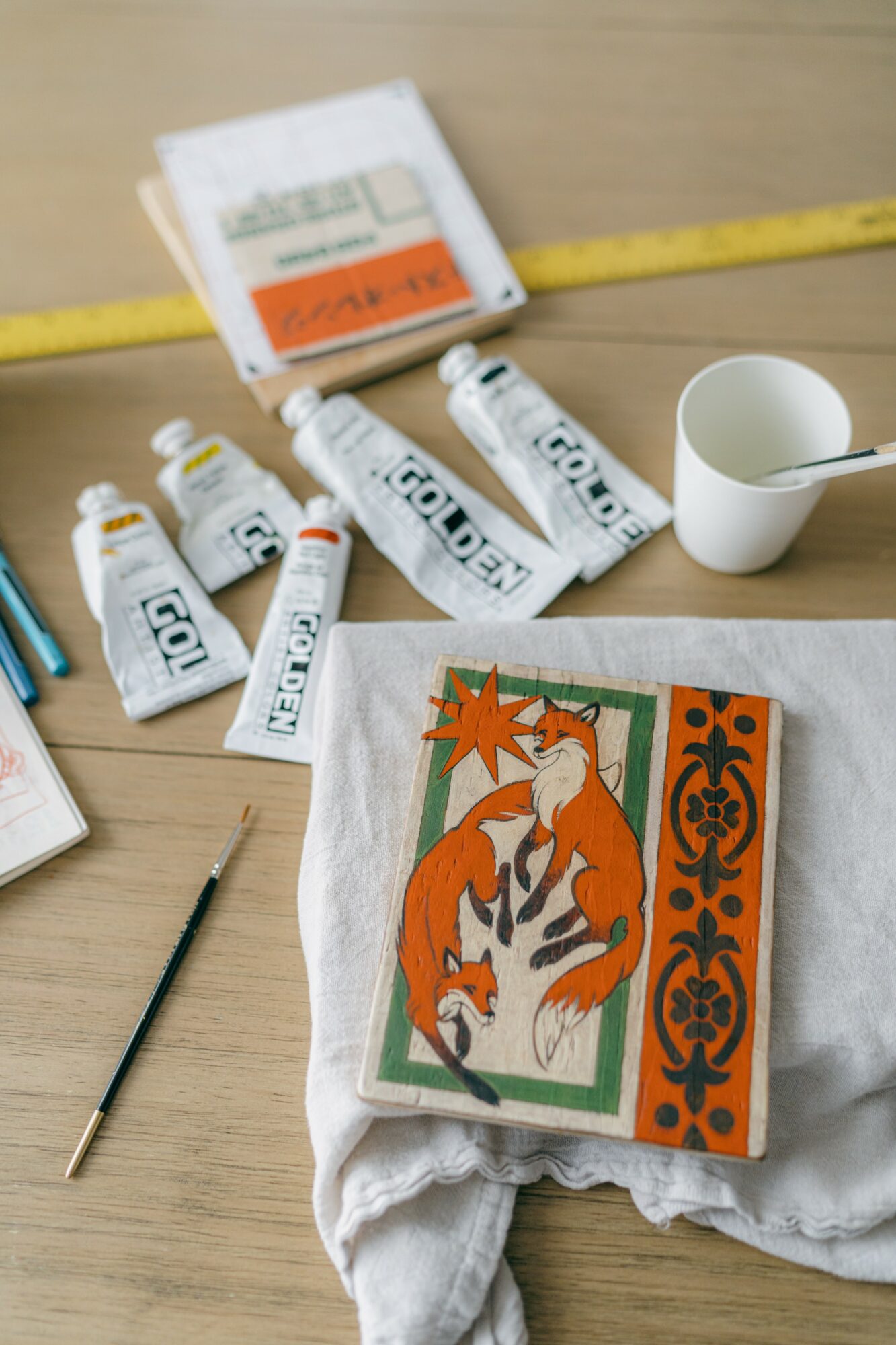
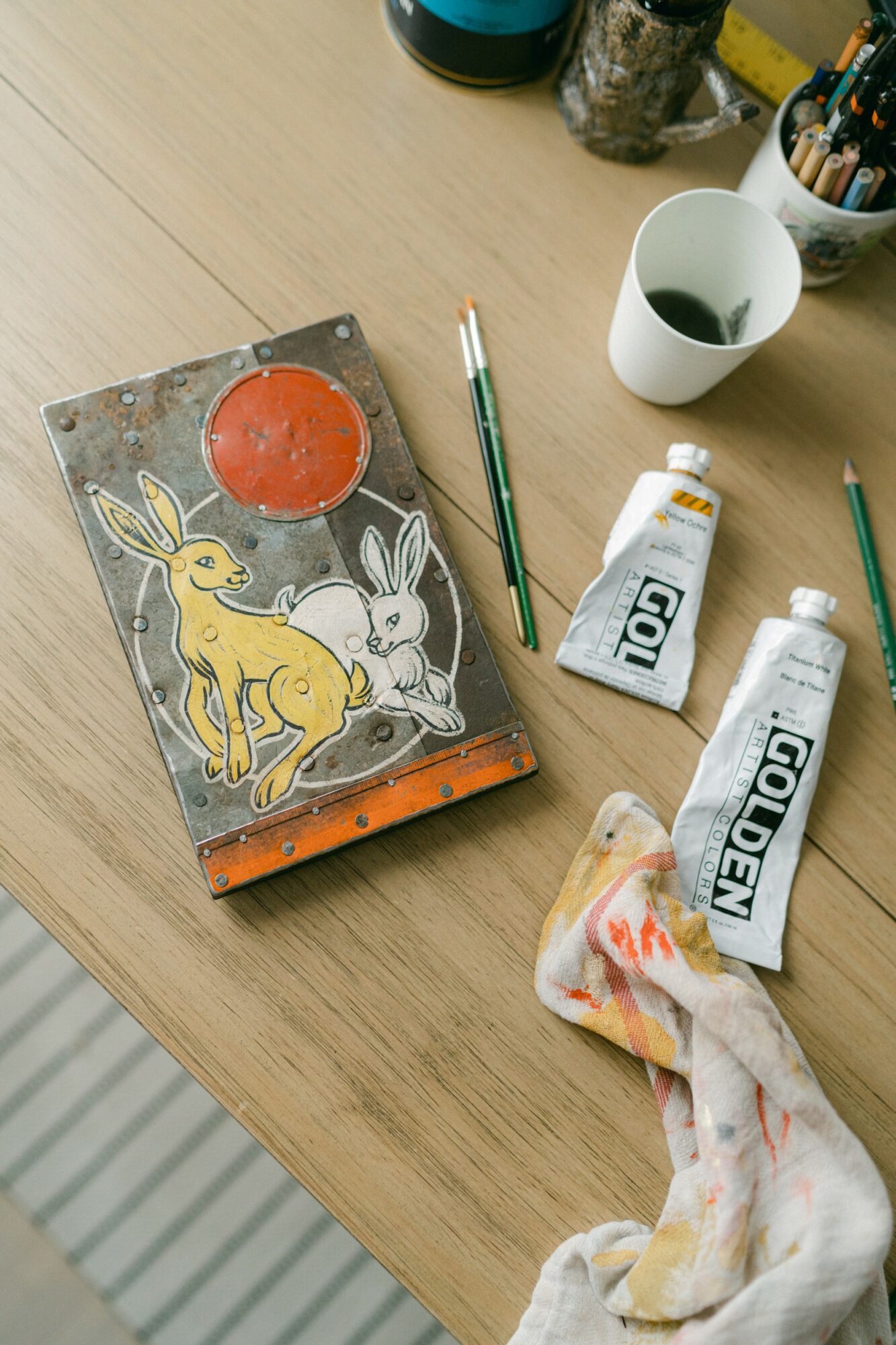
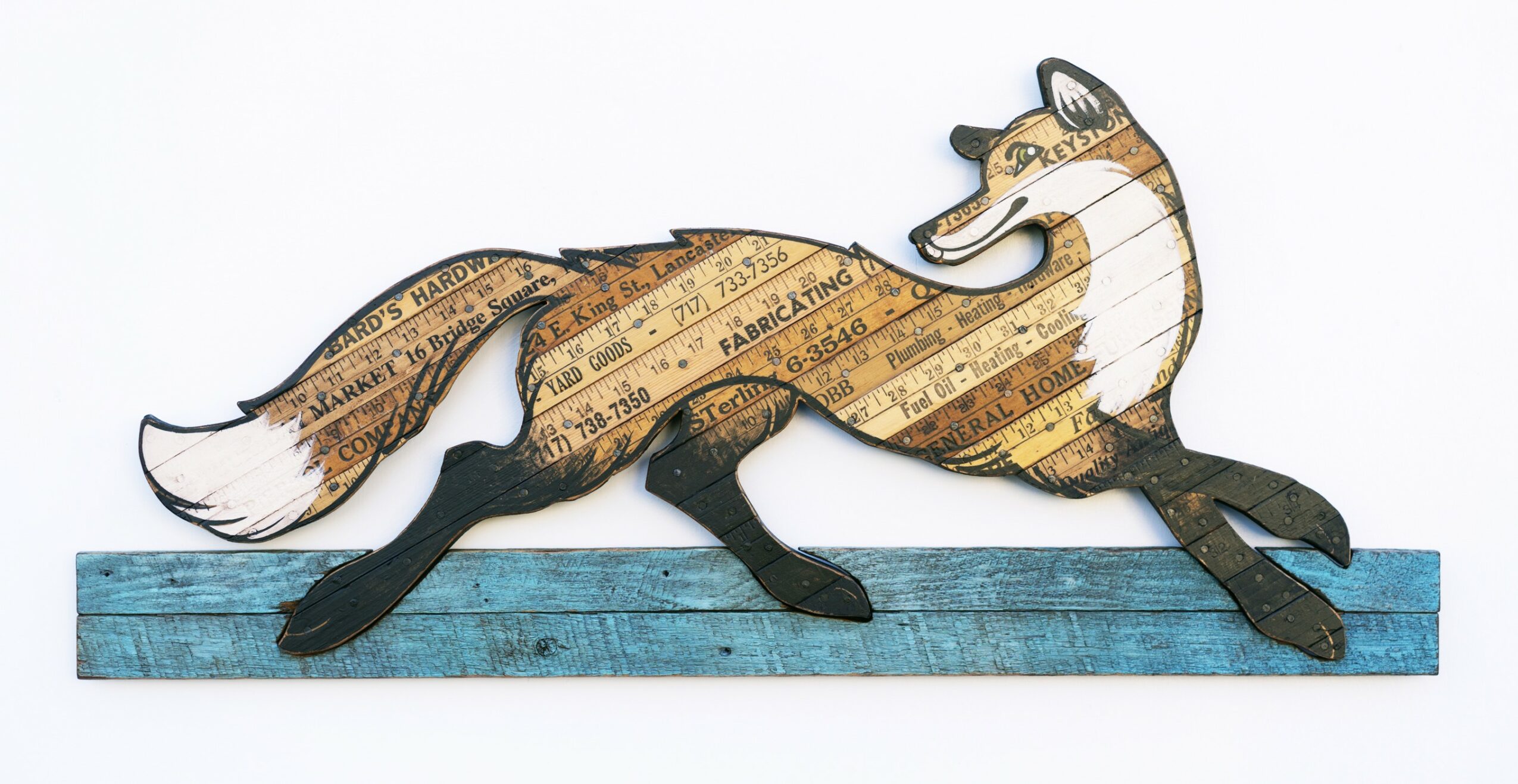
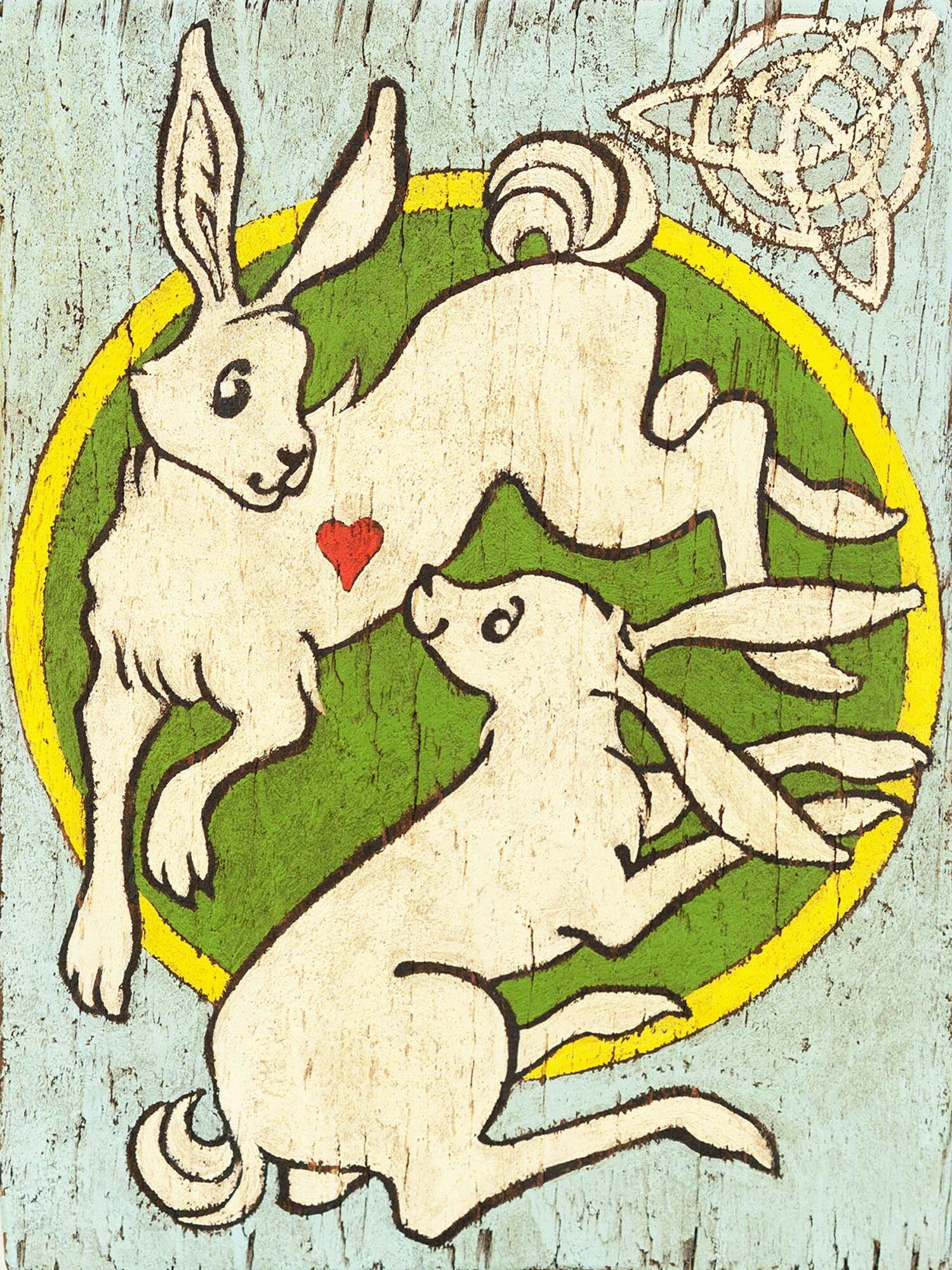
Image Credits
Jennifer Sanders

